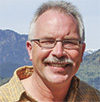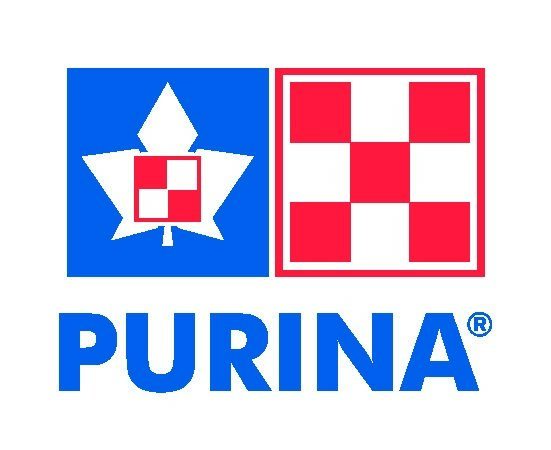Using separated dairy solids for bedding can be economically advantageous while offering a comfortable surface for your cows. Others in North America are using it, why can’t we? Because solids are an organic bedding, they have the potential to carry a bacterial load, as well as support bacterial growth if stalls are not managed properly.
Although solids can be used “as is” right from the separator, composting solids prior to using them may:
1. Kill potentially harmful microbes
2. Reduce readily available food sources for potentially harmful microbes
3. Build up a population of beneficial microbes that can keep potentially harmful microbes in check
4. Dry material to allow moisture absorption from urine and feces
We need to understand what is happening at the microbial level in separated solids, in stalls, in manure and on cows’ udders. Using separated dairy solids may introduce a high and varied population of microbes. Most of these microbes are not harmful, and compete with and consume some potentially harmful microbes.
Separated dairy solids contain a greater diversity of microbes that may help keep disease in check. This is a much different bedding material than sawdust or sand, because there is only a small population of microbes in sand or sawdust.
Potentially harmful microbes entering the sand or sawdust are more likely to flourish because they have little competition from other microbes.
Moisture content and type of bedding is important because it affects what adheres to the cow’s udder.
We know that microbes live in the water film around particles. Wet, sticky bedding results in a greater likelihood of harmful microbes entering the teat canal.
This complex microbial ecology has led researchers to conclude that somatic cell count and risk of microbial infection is more about stall management than what actually is used as bedding material.
Let’s review what we do know about microbes in this environment:
1. Cow manure contains billions of microbes, only a few of which are potentially harmful.
2. Potentially harmful microbes require readily available carbon such as proteins and sugars for food.
3. Animal manure, milk and urine contain protein and sugars that feed potentially harmful microbes.
4. Microbes live in a water film around solid particles.
5. Potentially harmful microbes are introduced in feces and from outside contact.
6. A flourishing healthy population of microbes may keep the growth of potentially harmful microbes in check.
Composting separated dairy solids for three days in a rotary drum to achieve destruction of potentially harmful bacteria does not address the moisture content of the bedding or the additional available carbon for microbes.
Sterilizing separated dairy solids through UV kills all microbes, good and bad. There is no longer any competition for potentially harmful microbes, and the UV produces a flush of available carbon.
It is possible that a population of potentially harmful microbes may flourish in this material if they were introduced through feces or outside contact.
Fully composting your solids will not only kill potentially harmful microbes, but may also provide an added benefit because the readily available food supply for potentially harmful microbes has been used up; the bedding is drier, allowing more moisture absorption; and a population of beneficial microbes exists that can eliminate potentially harmful microbes before they cause herd health concerns.
Regardless of what type of bedding you use, bedding management in the stalls remains the most important factor in reducing the risk of increasing somatic cell counts and udder infections. PD
PHOTO:
Fully composting your solids will not only kill potentially harmful microbes, but may also provide an added benefit. Photo by PD staff.










